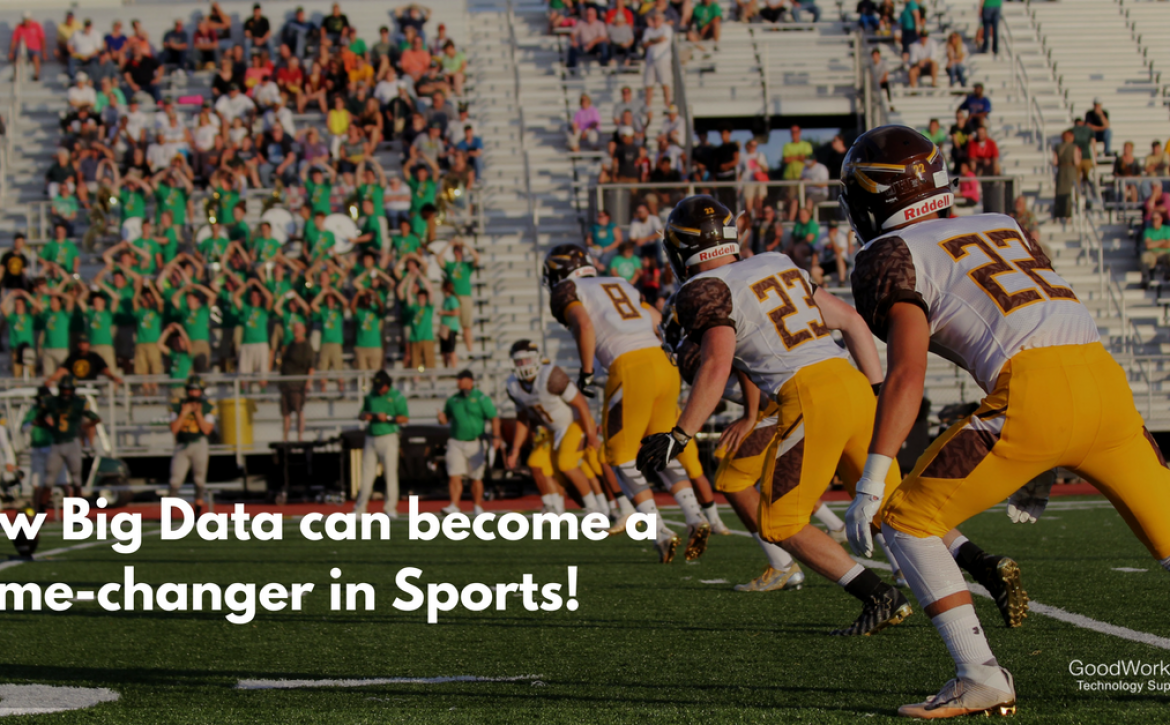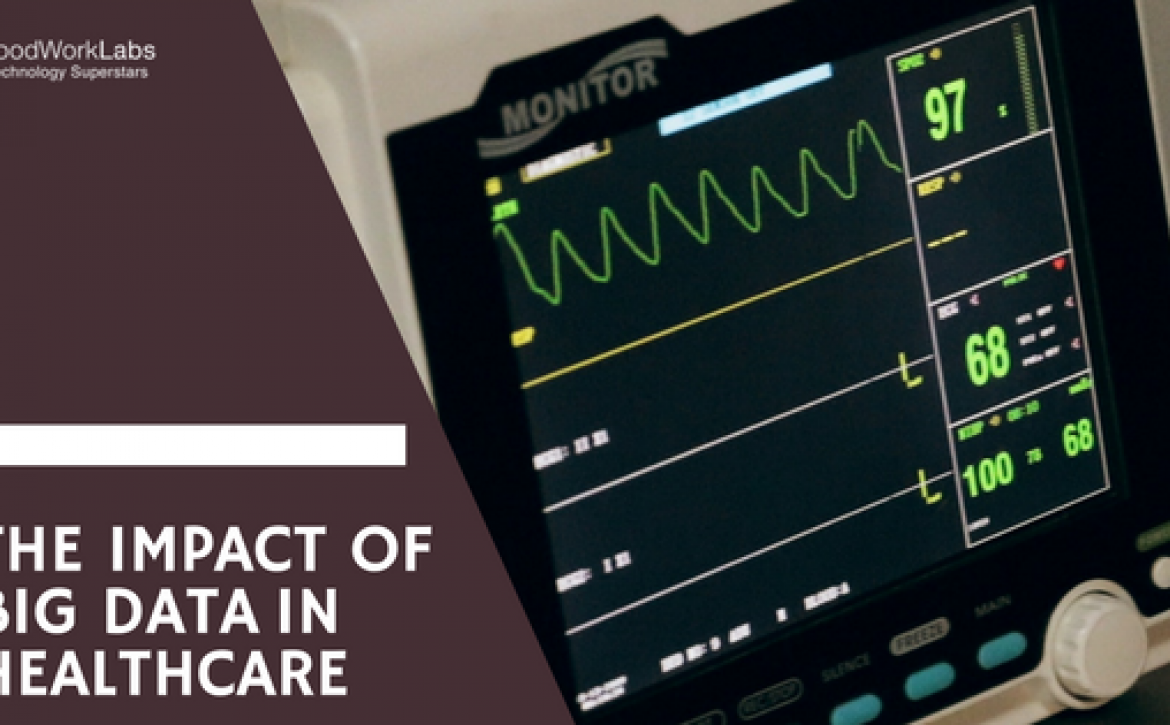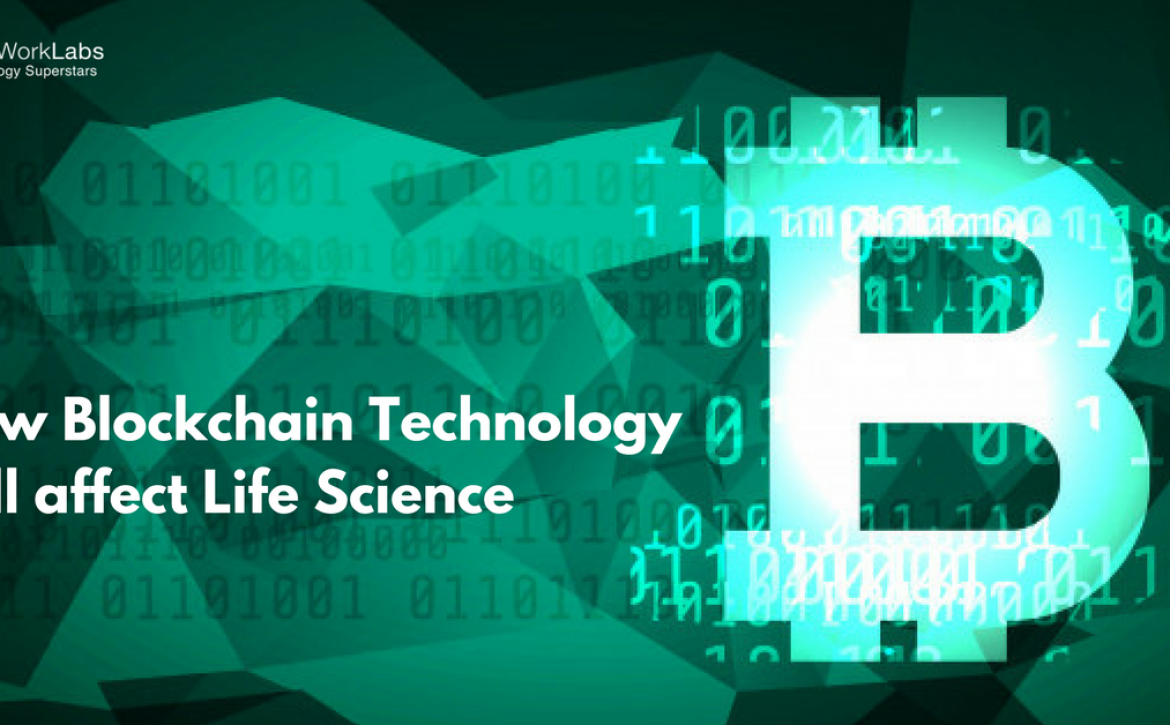The Big Data Game-Changer in Sports
The Big Data Game-Changer in Sports
Sport to many means many things. To some it is a hobby, to some, a passion, to some, it is a religion and to some, life. No matter what your definition of sport is, it is something that has millions upon millions of followers across the world. Often the distinguishing factor between the nerds and studs, sports truly has evolved beyond the stereotypes into the 21st century. A part of human culture that continues to remain the last testament to our integrity, morality, and spirit, sport, in general, is trying to blend in with the technological jungle we now call home. From the action replay to ball tracking and trajectory prediction, various sports have incorporated a lot of technology. The latest technology to make its own mark on sports is big data. Big data from where we stand today is a technology that has potential to take sports to the next level.

Big Data on the Field
Given the level of technology available to various sports, there is a lot of information that can be gathered from the game which was not possible a couple of decades ago. Information such as the speed of the ball, the speed of the players’ various movements etc. are readily available for teams and players in real time. When big data is introduced into the equation, the whole concept manifests on a whole different plane. Through predictive analytics, teams can now get deeper insights into the game as well as their own abilities and that of their opposition. Information such as weaknesses in a football formation, weakness in bowler’s action, most optimal positions to counter a particular defense and so on. Big data is even used in choosing the right material, weight, size and shape for sports jerseys, shoes, bats, balls and so on.
Strategizing is where big data and related analytics processes are leveraged to the greatest extent today. The analytics capabilities that sports teams today possess will allow them to strategize every single step of a match to a degree which will provide them with predictions on the chances of their success. With the way this technology is evolving all this may very well be the tip of the iceberg.
Big Data as a Recruitment Tool
Every sport has these players who despite their talents and abilities don’t get noticed and even if they do, don’t get their big break till towards the end of their careers. Today this is an issue that is even more menacing given the number of players available. So, big data again comes to the rescue. Coaches, scouts, and selectors can now leverage big data and data analytics to get detailed information on various up and coming players, their stats, their strengths, and weaknesses, playing style and even possibly in the future, detailed analysis of the prospects of hiring them.
The Fan Experience
Big Data, as the name suggests comes into the context of large volumes of data. This technology in its rudiments has been leveraged quite a bit in the field of marketing. This is where big data comes into play with the fan experience. There are a lot of aspects where big data is influencing fan experience. In cohesion with technologies such as mobile, big data has the prospect for a great number of possibilities. As of now, big data to this end is only being implemented on a marketing level. And as with other verticals that have enjoyed the benefits of data analytics, sports too have enjoyed a huge increase in marketing prospects. Beyond these, there are several potential opportunities for fans to engage in their favorite sports beyond their usual spectator positions. Fantasy teams and such could leverage data analytics to offer a more comprehensive experience.
Overtime
There would be a lot of you that might argue that sports need to stick to tradition and that all this technology is making them lose their essence. Well, if you do, you are not alone on that. Applying data to such an extent has the risk of confining the sports to just strategies and winning, thereby amputating the celebration of the human spirit that most fans often associate with them. Today this is quite a reality and the over-commercialization of an already largely commercialized affair is something that needs to be taken note of. Big data is a tool that is most adept at enhancing this. The use of big data also opens up an avenue for manipulation and misuse and manipulation of data as well the insights thus gathered. For now, these are just hypothetical scenarios with far-reaching possibilities of becoming a real threat. The present concern on the matter yet again remains on the fact that sports are slowly beginning to lose their charm, class, and character they were once known for.
On a positive note though, there are certain aspects of the application of big data that have drawn in a new generation of sports fans who despite the downfalls, like to subscribe to this new era of sporting. The opportunities that have opened up therein have also been welcomed by the sporting community where players now have a chance of getting noticed better. The biggest change that big data has brought about in sports is the overnight proliferation into various regions and diverse demographics that we have been witnessing in recent years.
So, how the global sporting community will find a balance with the use of this new technology is something we’ll have to tune in, wait and watch.






















